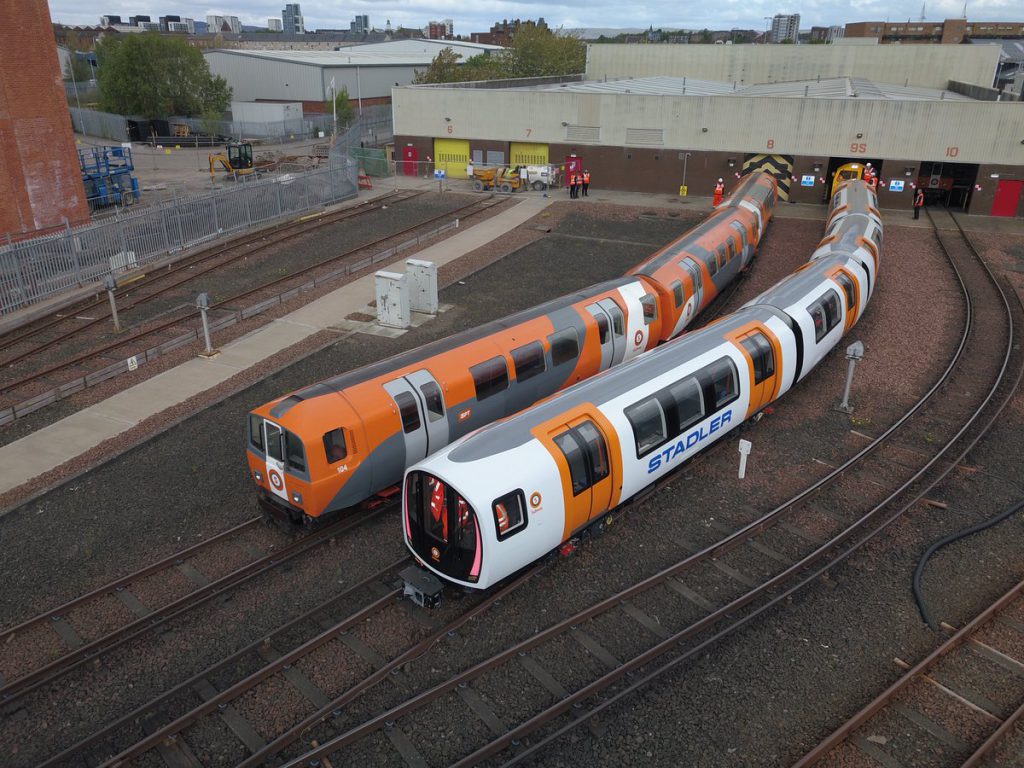I don’t trust Twitter enough to ever want to rely on it for anything, because it might suddenly turn against me and my politics. (I hate Islam, etc.) But I follow various people on Twitter, and by this means, I recently learned that Glasgow is about to have a new fleet of robot underground trains. The first such in the UK, apparently. I don’t know why this appeared on my Twitter feed, but it did:

Having only very recently taken a couple of trips on the D(ocklands) L(ight) R(ailway), I know that robot trains can work very well, and I wish Glasgow success with theirs.
In one of my recorded chats with Patrick Crozier, I expressed skepticism about robot cars, especially robot cars in cities. The right place for robot vehicles to be making their debuts is in highly controlled and controllable circumstances, in places all owned by one organisation, able to impose the necessary disciplines on all concerned or threatened. We made mention of certain mines, where robot lorries already operate, and of Amazon warehouses, where robot package-fetchers-and-carriers now bustle about successfully. Or, like railway networks.
Then, maybe, any year now, make a tentative start on robot lorries on motorways.
Robot cars in cities? I recommend, and I predict: Not any time soon.

Driverless trains work well when the system with driverless trains is separated completely from sections of track where the trains have drivers. The DLR is an entirely separate system from the tube and other local railways. Similarly, the Glasgow subway is a single line (a loop) that is not connected to anything else. Retrofitting an old system like the London Underground in which the lines are all connected to one another (and in a few places to National Rail as well) is much harder. The fact that there are many different types of rolling stock and different signalling systems makes it worse. The Victoria Line is a good candidate though – that one doesn’t actually connect with anything else.
Thanks Michael. Informative as usual.
Some further guesswork:
A “robot train system” isn’t really the same as a city filled with robot cars buzzing about, not just in the sense that robot train systems work well, while the robot cars in cities have yet to even happen, but also in the sense that they are different types of system. The robot cars are each controlling themselves, as they buzz about, trying to avoid disaster. But “robot trains” are merely part of a quite large but rigidly controlled system, which is anything but robotic in the manner of its actual control. On the contrary, “robot trains” are controlled by a team of humans, in much the same way that an old-school car is driven by a human. It’s just that there are more bits in the system involved, and more people controlling it.
So, a “robot train” feels like a robot, if you are in it and if you can see that there is no driver present. But there very much is a human driver in charge. It’s just that he’s not actually on the train.
Right?